Avocado harvesting for the 2020-2021 season has kicked off in the Bay of Plenty. And with quality top of mind for exporters this season, Just Avocados is making sure their growers are reminded of best practice in the field and its impact on export packouts.
During a grower workshop held at Just Avocados’ Katikati packhouse in August, technical manager Erica Faber said that any damage caused to fruit during harvest affects fruit cosmetically and creates an entryway for pathogens, which can end up as postharvest rots and diseases.
“You have worked hard the whole season and put a lot of effort and investment into the fruit to ensure the best possible quality, your best packout and your best return, so you want to make sure you maintain that quality and that you don’t – at the last hurdle – negatively impact your packout by poor handling at harvest time.”
Just Avocados general manager of investor relations and supply, Andrew Cutfield, presented to growers that in poorly-supervised picking operations, nine to 12 per cent of total rejects seen are an outcome of handling during harvest and can be prevented.
“Export packout has such a massive impact on your bottom line because if export pays $25-$28 per tray this year and local market pays $14, to invest a bit of time and or money to change something in your orchard or the way you are harvesting, you have a $10 per tray opportunity. It is worth investigating and you will get higher returns out of it.”
Common defects
Quality and compliance manager Ashley Fraser says the common defects seen in the reject analyses are wind rub, peel handling damage, wet fruit damage, bruising and sometimes missing stems.
“A lot of defects, apart from wind damage to a degree, are within your control. Pest damage can be taken out if you have a good AvoGreen monitoring programme in place and take action on those results.
“Peel handling, wet fruit or lenticel damage is mostly preventable if you’re sticking to the 5mm of rain rule and doing a roll test. Missing stems and bruising caused by inexperienced harvesters need to be rectified with education.”
Erica says a major cause of reduced packout is lenticel damage, which happens when there is rain preceding harvest and fruit has not fully dried out.
“During rain, the cells around the lenticels take in water and swell up, almost like a balloon blown up to the point of bursting. Any bump or abrasion is going to cause that balloon to burst and that’s exactly what happens with those cells around the lenticel, they burst during handling causing browning and further quality problems in market.
Lenticel damage
“Lenticel damage manifests over a couple of days. At the end of a picking day you may have seen about two per cent damage. By the time it gets to the packline it can account for 20 per cent reduced packout.”
The NZ Avocado guideline is to avoid harvesting if more than 5mm of rain has fallen in the last 24 hours.
Erica cautions that if drying conditions have been poor with overcast skies, fruit may still be vulnerable to damage and a roll test should be carried out to check for lenticel damage.
“If there has been heavy rain and the fruit cells have absorbed a lot of water, it takes time for the fruit to respire and lose that moisture and for the cells to shrink back. You have got to wait until the fruit has not only dried off but has dried out.”
To improve drying time in your orchard, Erica recommends having an open canopy to allow air movement.
“Pruning is important and make sure your shelter belts are well trimmed and not too high causing shaded conditions in the orchard.”
Vigilance during harvest
She also advises on the importance of being vigilant during harvest and catching poor practice before it becomes an issue. “You want to be aware of what is going on – if you’re picking over a couple of weeks or a couple of days, you want to nip it in the bud if damage is showing in the reject analysis.”
Just Avocados will contact a grower as their fruit is being packed if a preventable defect is particularly prevalent, giving the grower a chance to rectify during the pick or for the next pick.
Erica encourages growers to use previous reject analysis reports as a management tool going forward to the next season.
“Assessing your reject analysis or coming to the packhouse while your fruit is being graded and actually looking at that allows you to be more vigilant on the things you can certainly control.”
Just Avocados has created a video of tips for maintaining quality through harvest, which is available in the Just Avocados Growers Facebook group.


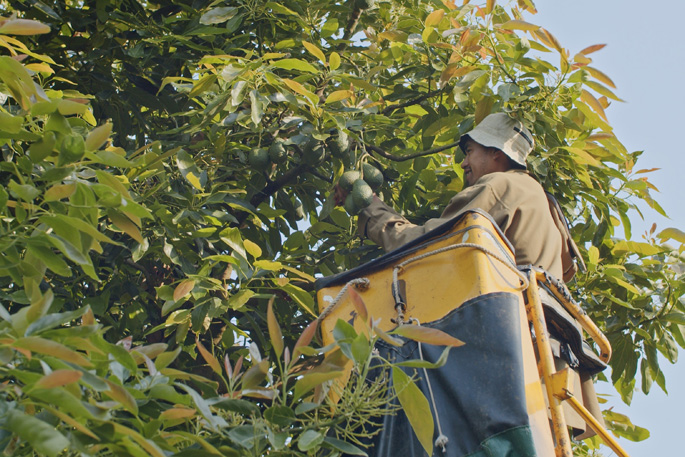
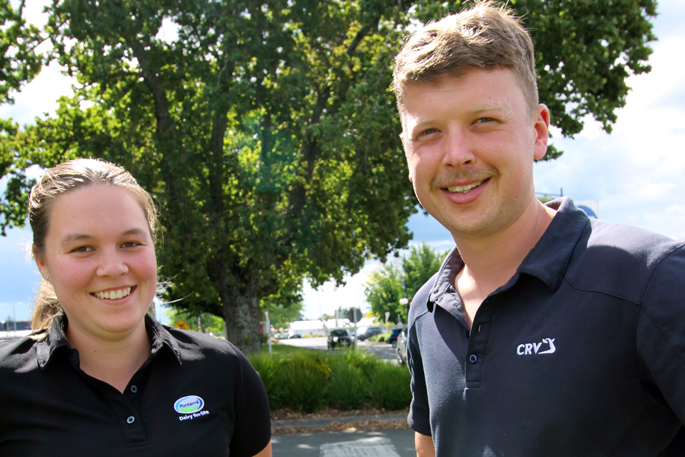
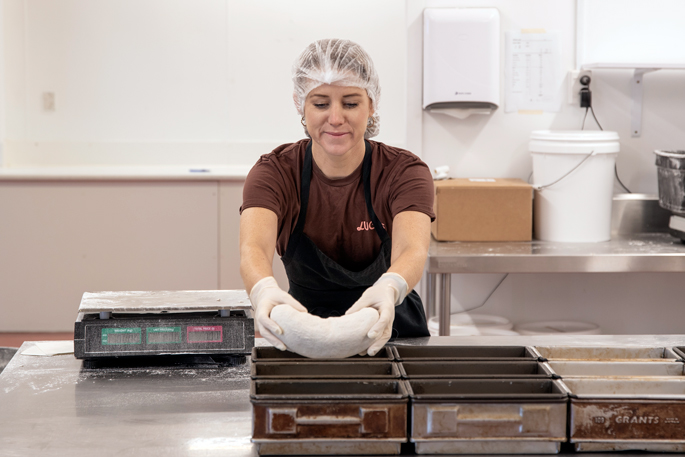
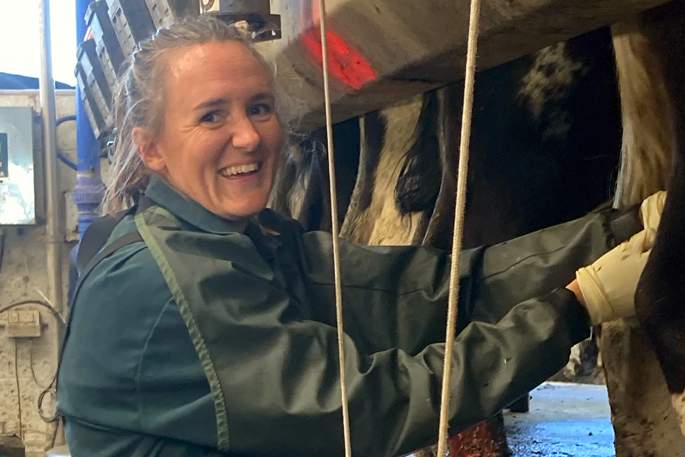
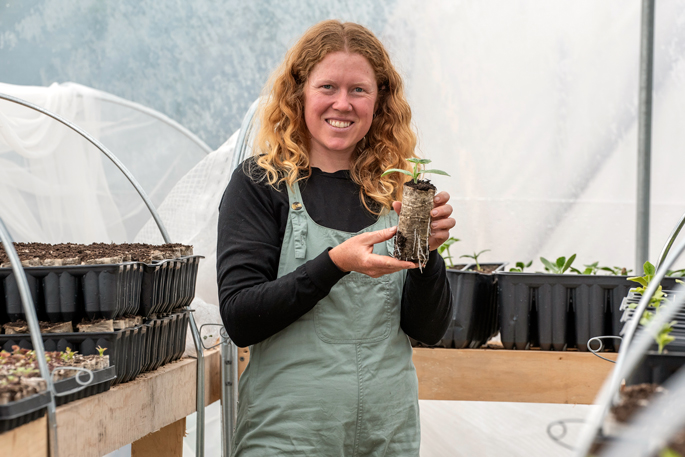
0 Comments
Leave a Comment